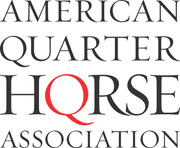 American Quarter Horse Association registration trends, based on foal registration numbers over the past 30 years, were shared with AQHA members at the recent 2010 AQHA Convention in Kissimmee, Florida.
American Quarter Horse Association registration trends, based on foal registration numbers over the past 30 years, were shared with AQHA members at the recent 2010 AQHA Convention in Kissimmee, Florida.
“This is the first time we have reported our stallion breeding numbers in this nature,” said AQHA Executive Vice President Don Treadway Jr. “Historically, we have reported registrations completed during the year. That includes weanlings to 4-year-olds. To gain a different perspective and look for trends, we looked at the number of registered foals by foaling year in hope of giving our members more information to make decisions.
“Our purpose in doing this is to provide as much information as possible, in a timely manner, so our members can make knowledgeable breeding decisions based on accurate statistics,” Treadway added. “After reviewing these reports, breeders have the opportunity to analyze future markets for prospective foals with more information than they have previously had available.”
The registration data revealed a classic supply-demand curve, according to Trent Taylor, AQHA treasurer and executive director of operations.
Interpreting these trends also becomes somewhat of a history lesson, as Taylor pointed out that the supply-demand inclines and declines can be directly attributed to the repeal of the favorable equine tax law in the 1980s; oil prices that hit highs in 1981 and 2007, and lows in 1988, 1994 and 1998; stock market record highs from the late 1990s to 2007; and the closing of horse slaughter plants in 2007.
“There are also other factors that affected the supply and demand of our horses,” Taylor further noted. “They include implementation of the AQHA Incentive Fund and the Racing Challenge, alliances formed with other equine organizations, pari-mutuel wagering, and registration rule changes such as embryo transfers, the use of cooled and frozen semen, the registration of multiple embryo transfer foals and the repeal of the white rule.
Treadway and Taylor believe that the trends also point out that members of the industry must uphold breeding standards.
“There are opportunities to the thoughtful breeder who can look to the future,” Taylor said. “We must accept the changing world we are all living in. And yes, we face many challenges as an industry, but there are also many opportunities for the organization and the individual that is willing to invest in a horse that has brought us to this point and will take us into the future.”
In 2009, AQHA’s completed registrations for American Quarter Horses of any age totaled 112,005. To see the 2009 AQHA Annual Report, visit aqha.com/association/who/statistics.html. You can also find the 2008 and 2007 Annual Reports at the link.
